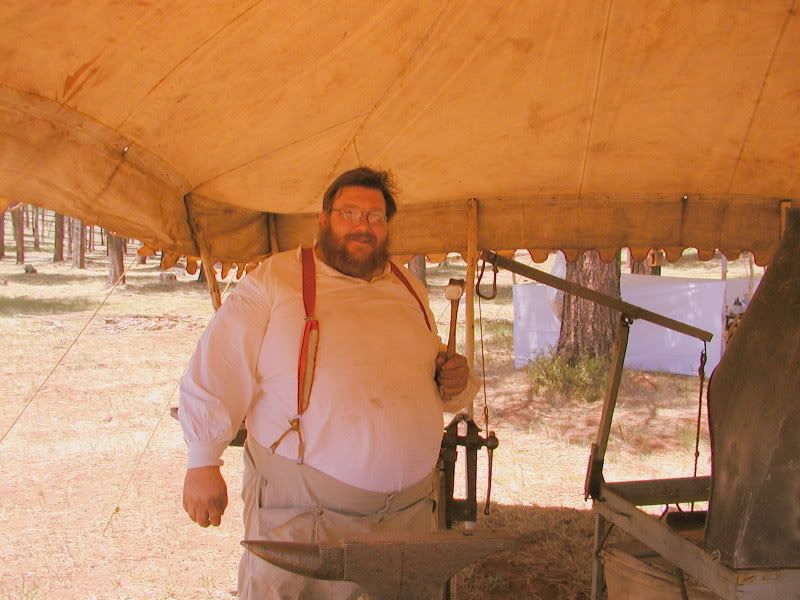Without knowing what metal was used to make them, you are limited in how to test for these things. The steel needs carbon, and it needs to be hard. The first thing I would do would be to heat them up to their non-magnetic temperature( Yes, use a magnet to test them while they are red hot) and then quench them in oil. polish off the scale from the striking surface, and try it. If its throws better sparks, you are okay to go. If not you are probably dealing with cold roll steels, and they just don't have enough carbon in them to allow you to harden them or get decent sparks. Throw them away. I would not recommend Case Hardening a soft steel striker. Case hardening only puts a few thousandths of an inch of carbon in the surface, and a good smack with your flint is likely to cut through that surface fairly quickly, putting you back where you began.





